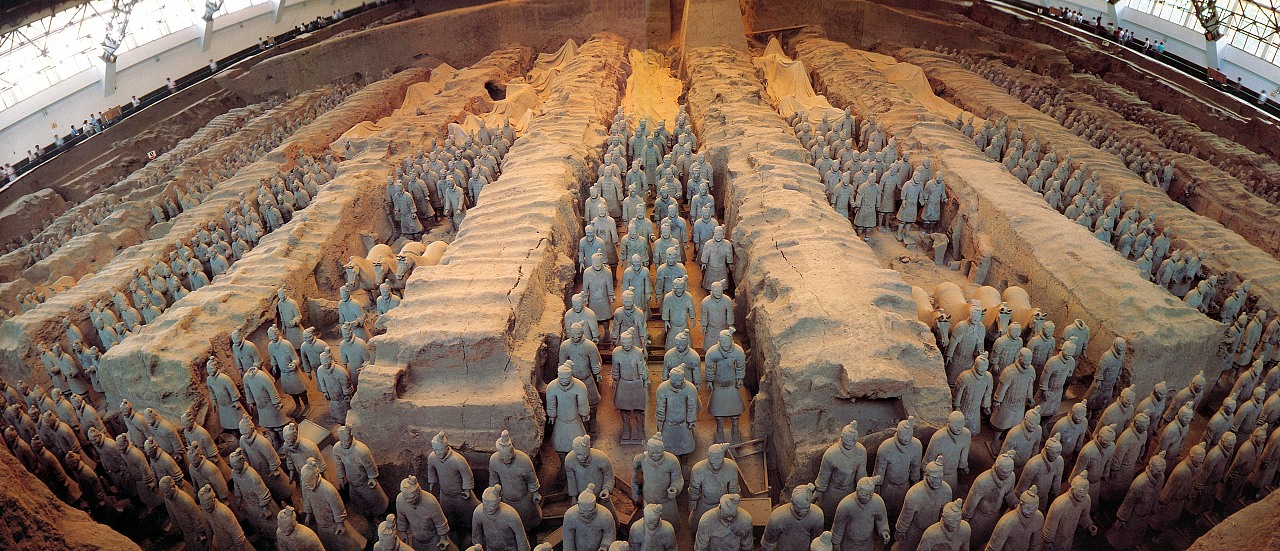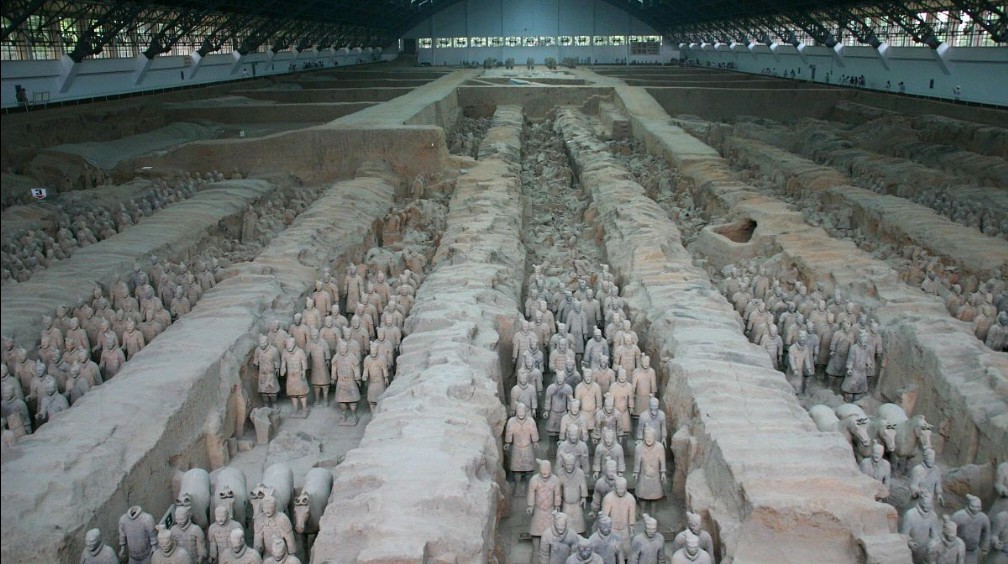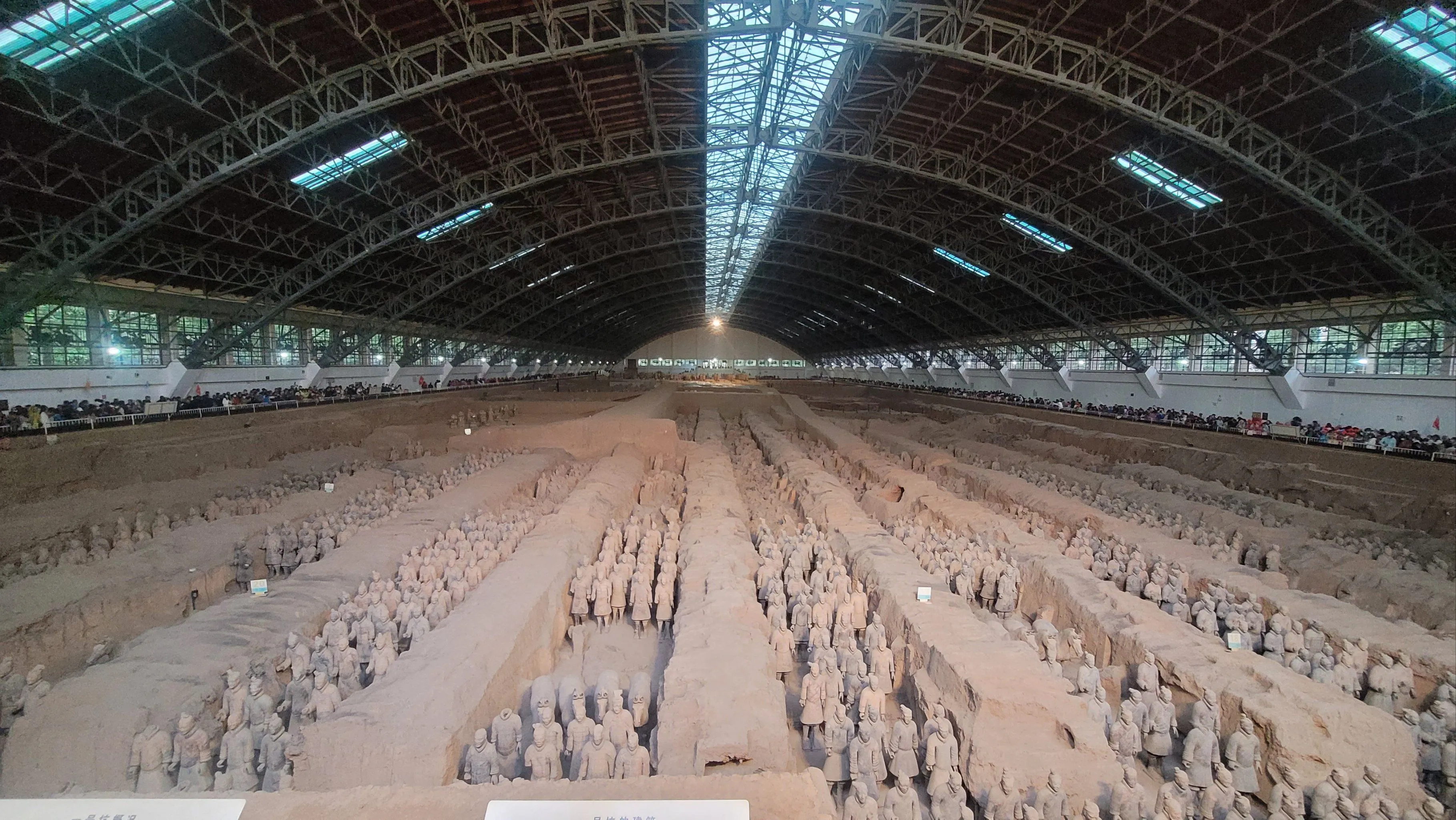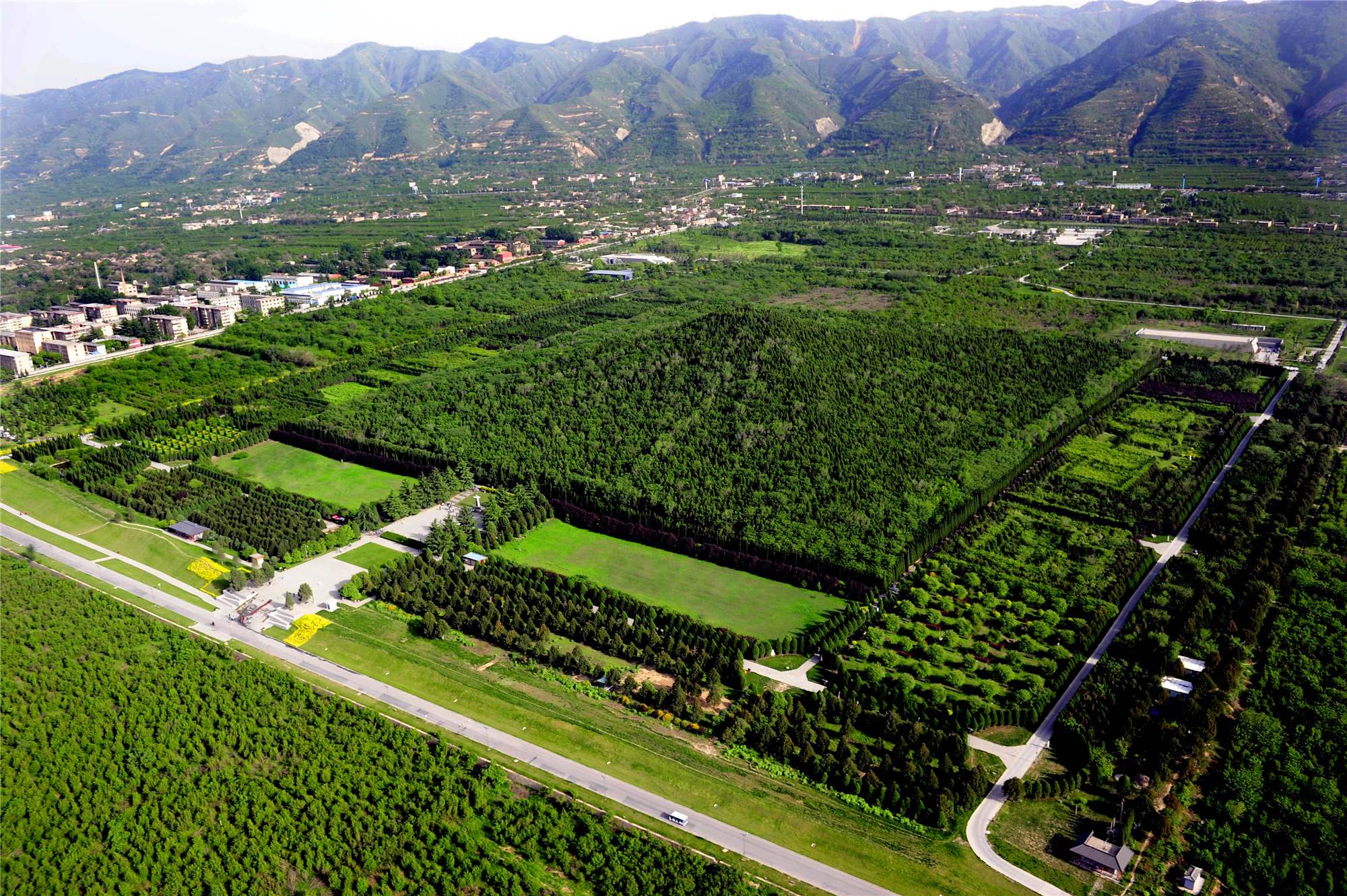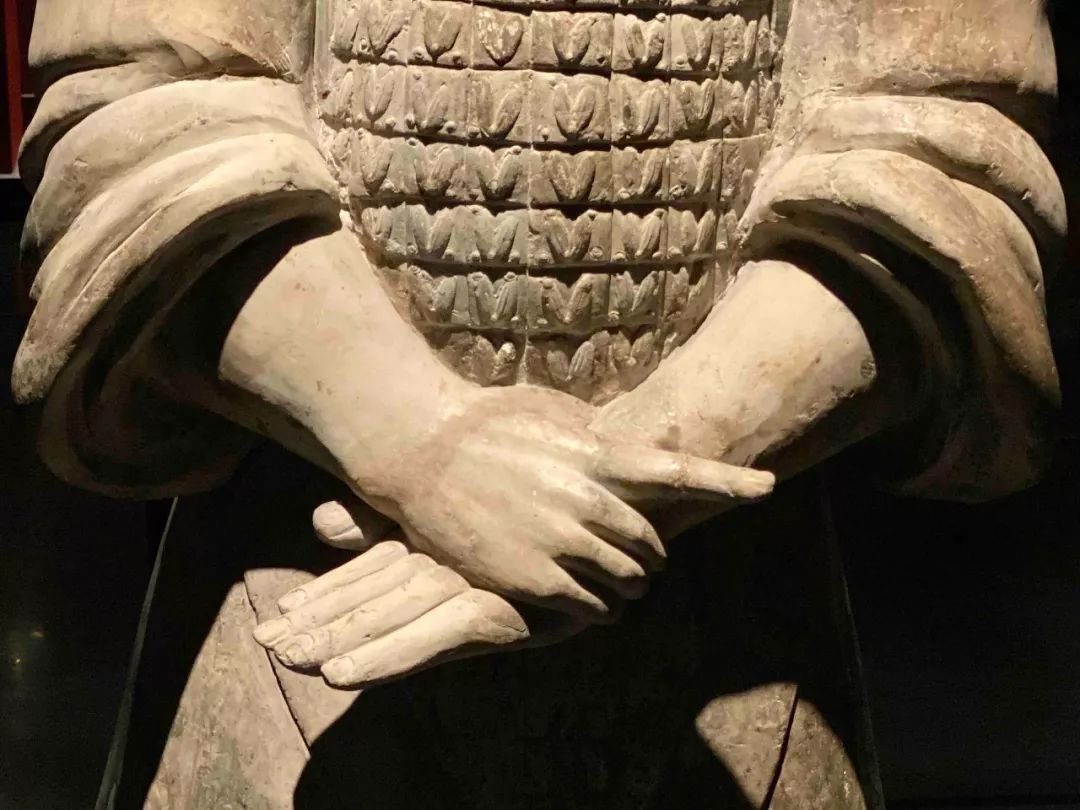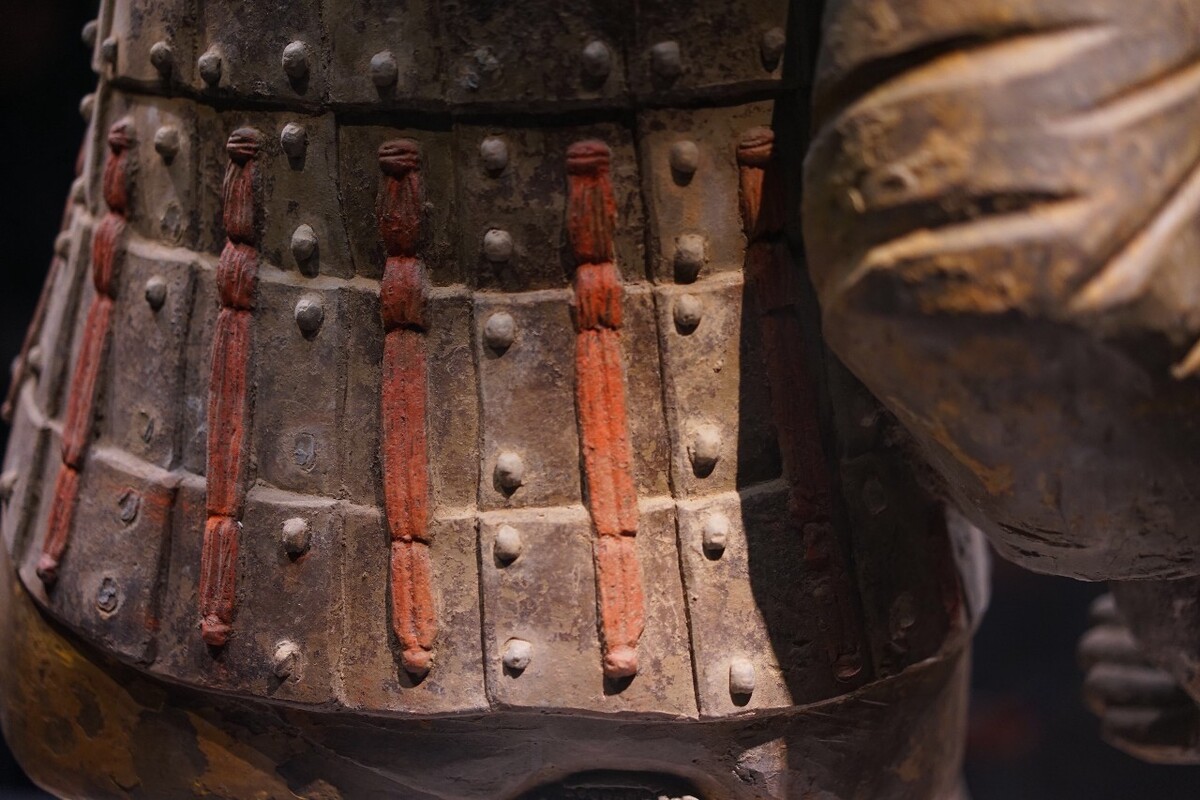Mausoleum Mound of Qin Shi Huang
The Mausoleum Mound of Qin Shi Huang is located approximately 1.5 kilometers west of the Terracotta Army pits. It is the tomb of Emperor Qin Shi Huang (Ying Zheng) and is one of the largest, most complex, and most abundant imperial mausoleums in Chinese history.
Construction of the mausoleum began in 246 BCE and took 39 years to complete, employing over 700,000 laborers. The mound is shaped like an inverted bucket, originally about 115 meters high. After more than two thousand years of weathering, it now stands approximately 76 meters high. According to the Records of the Grand Historian (Shiji), the interior of the tomb was "decorated with mercury to represent rivers, lakes, and seas, with mechanical devices to circulate them; the ceiling was painted with astronomical phenomena, and the floor depicted geographical features," reflecting its extraordinary luxury.
Currently, the main tomb of Qin Shi Huang has not been excavated, but through remote sensing and geophysical exploration techniques, the structure and layout of the mausoleum have been preliminarily understood. The mausoleum area covers a total of 56.25 square kilometers, and in addition to the main tomb, there are numerous subsidiary pits, tombs, and various architectural remains.
